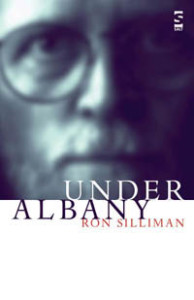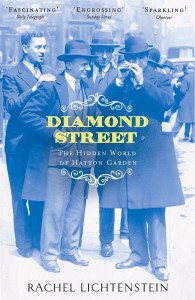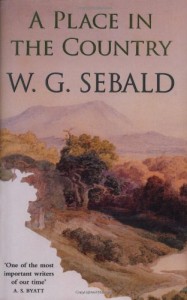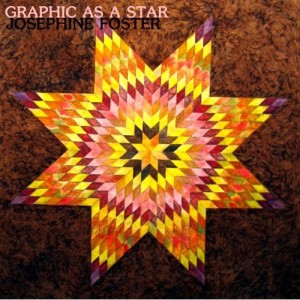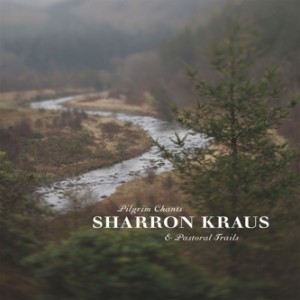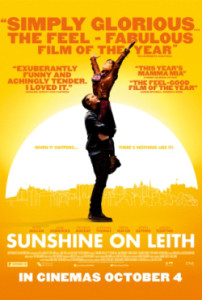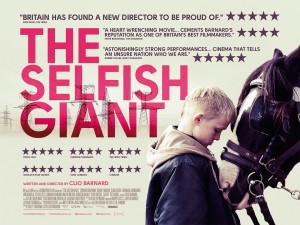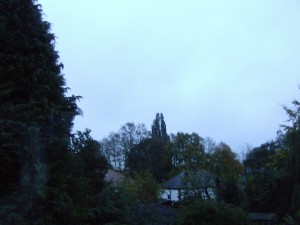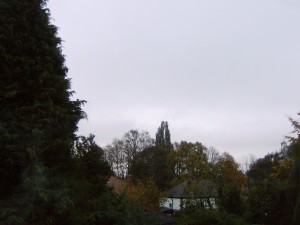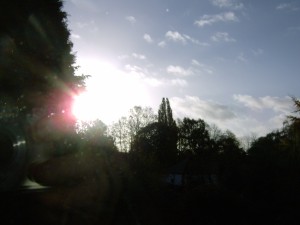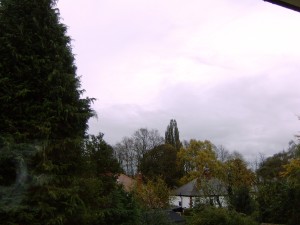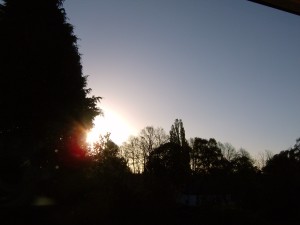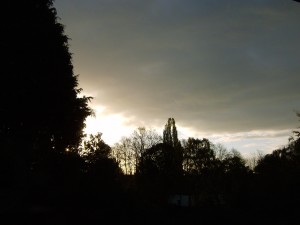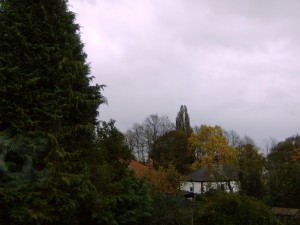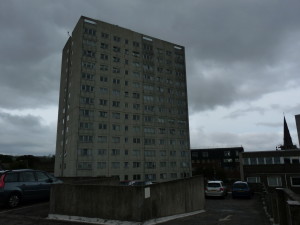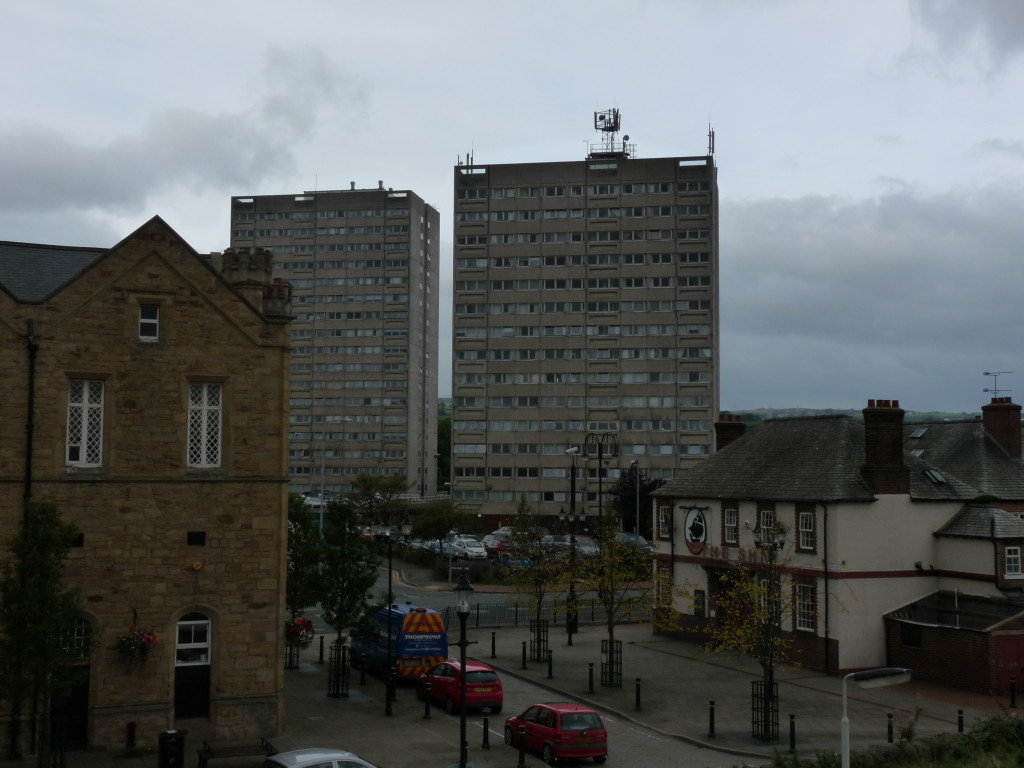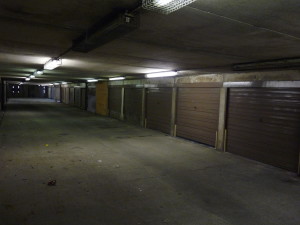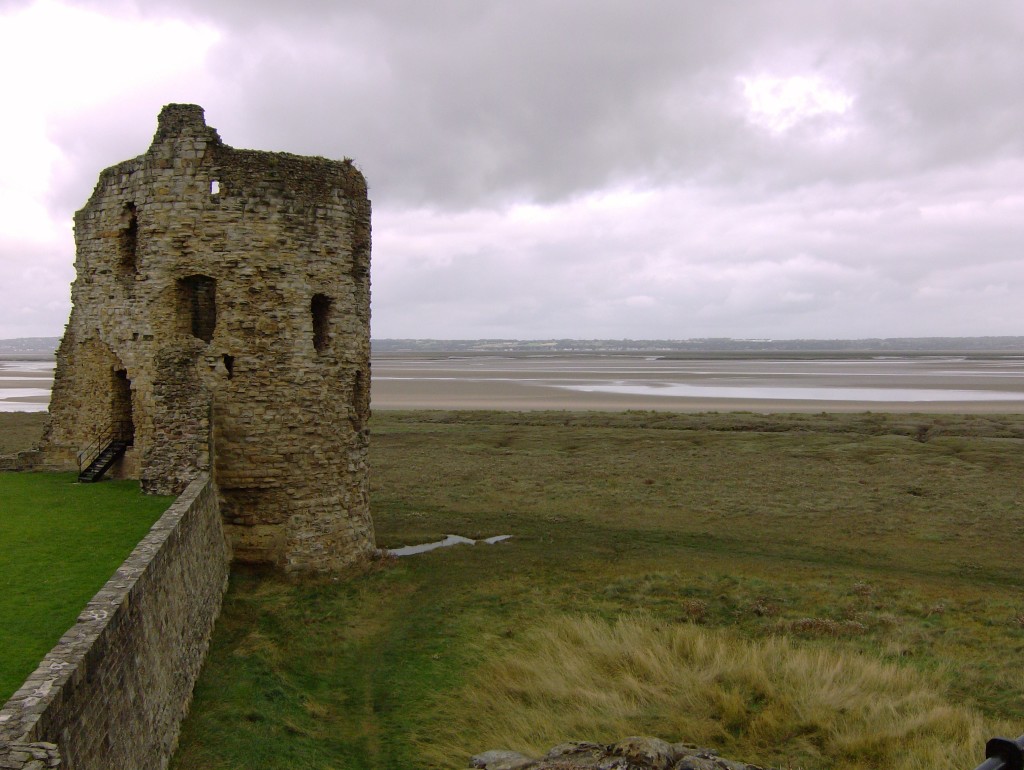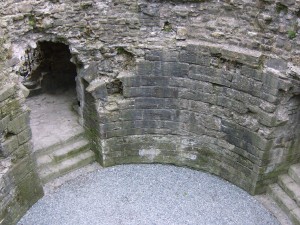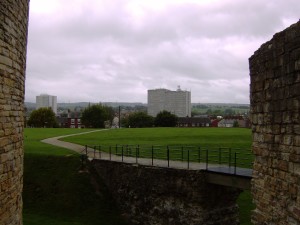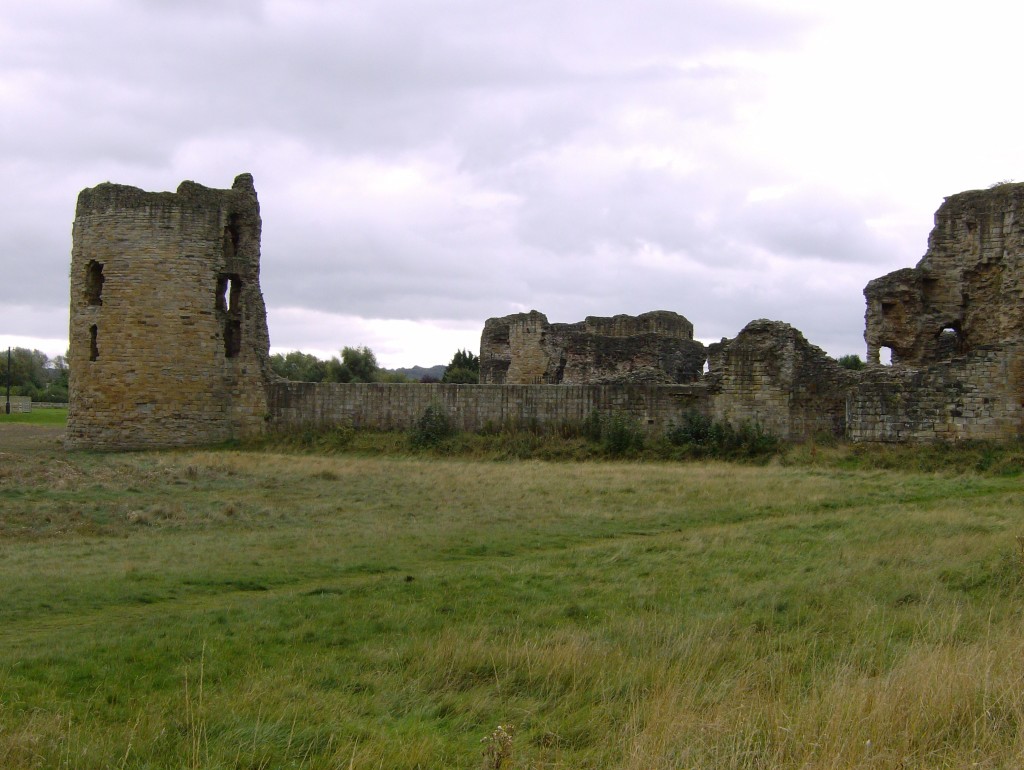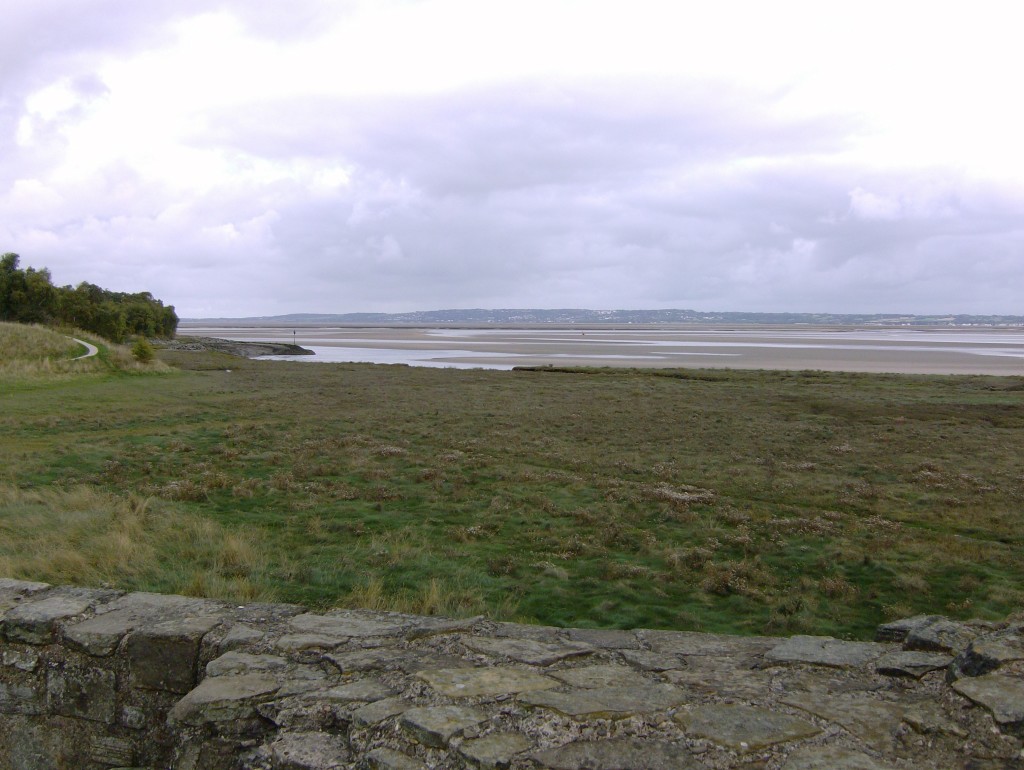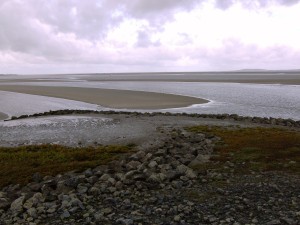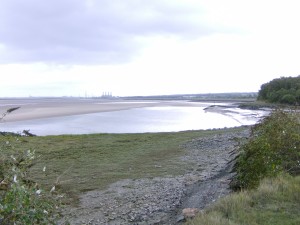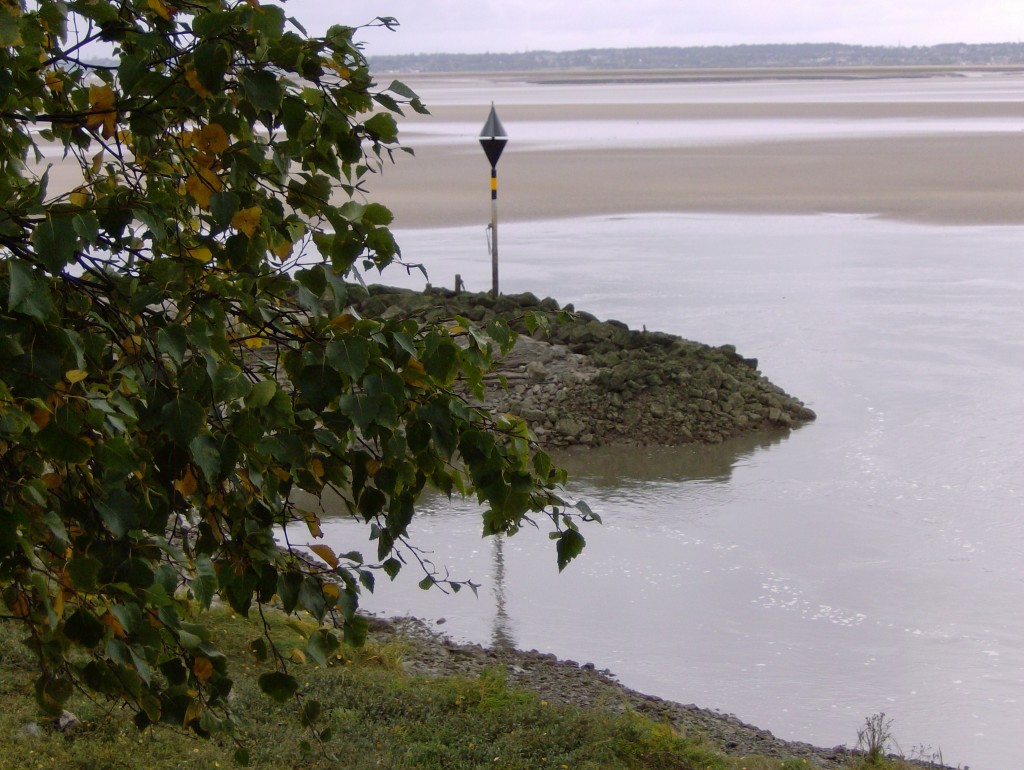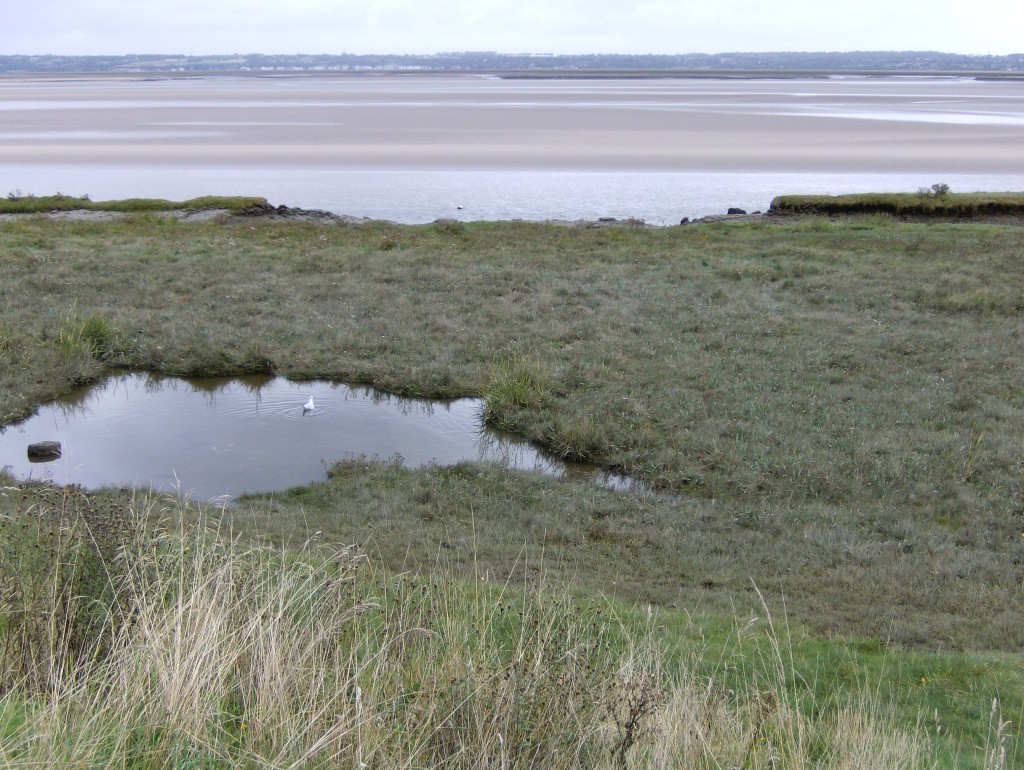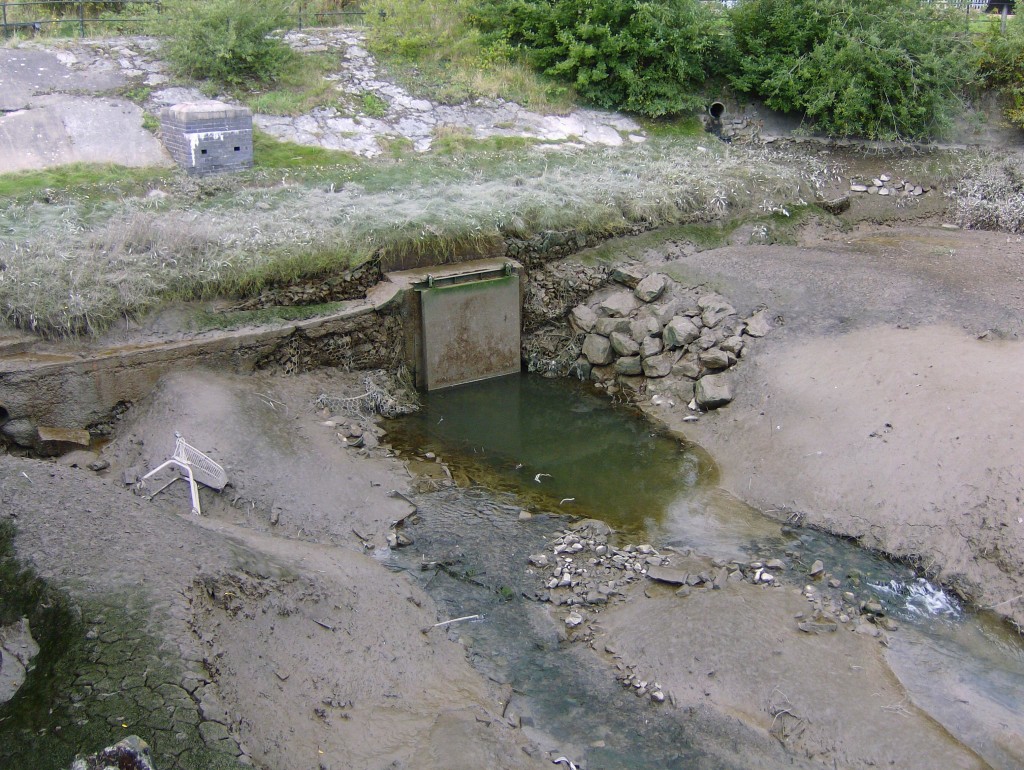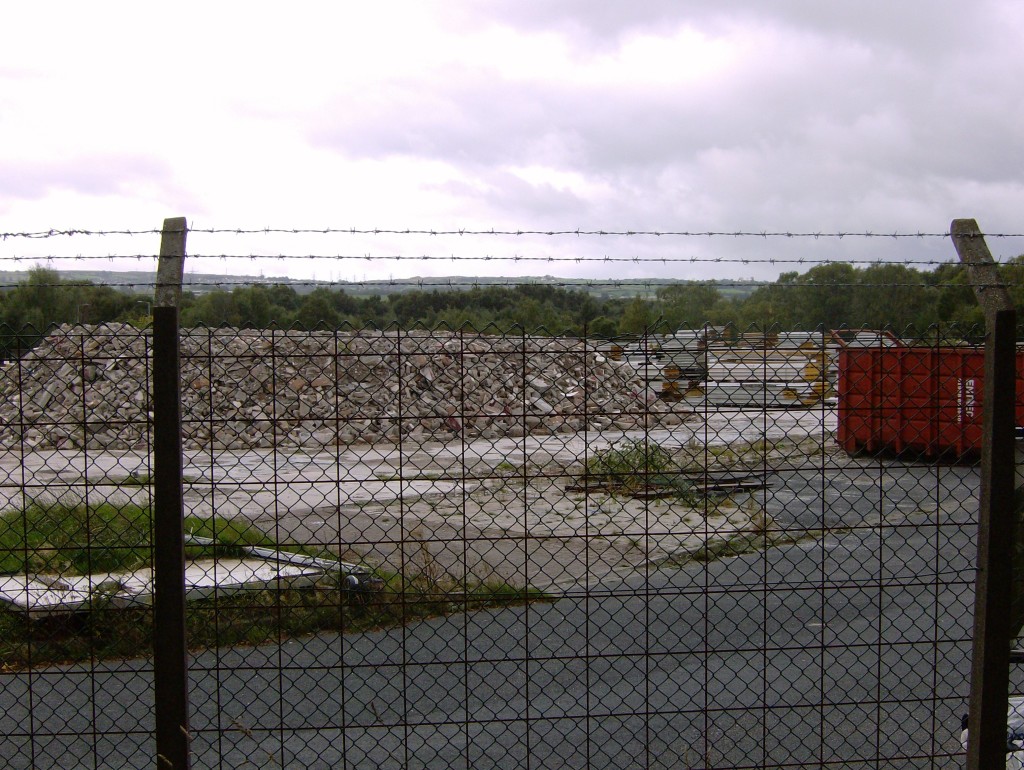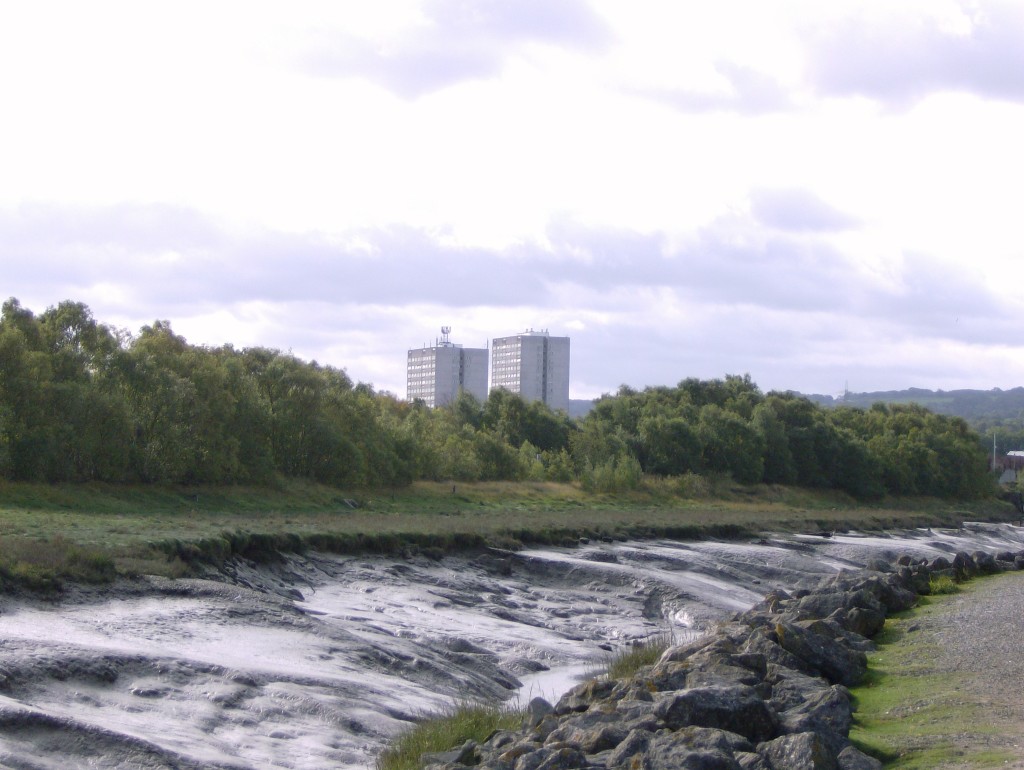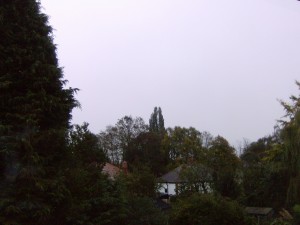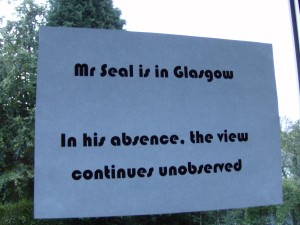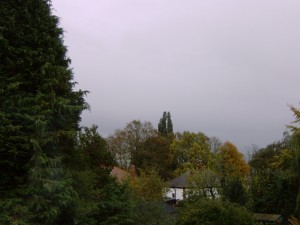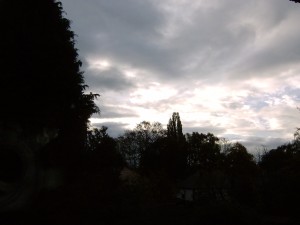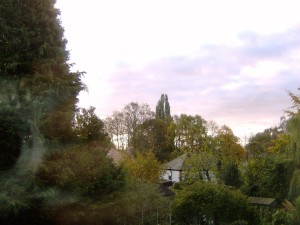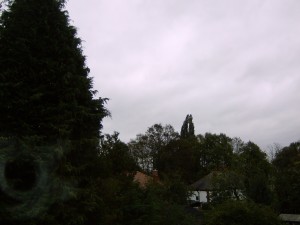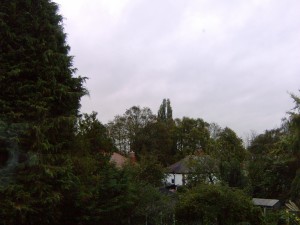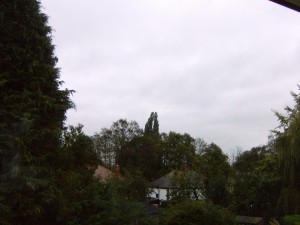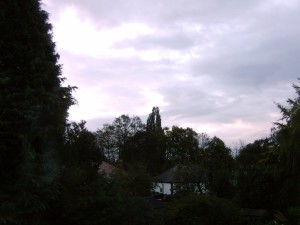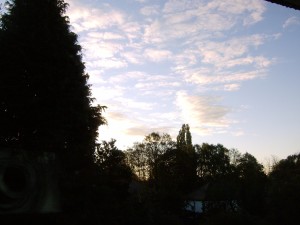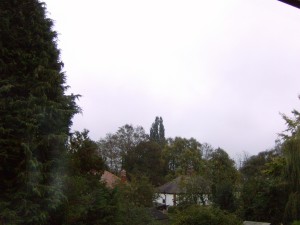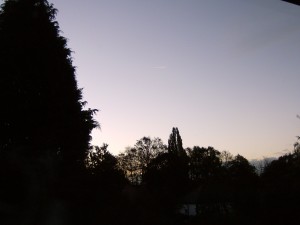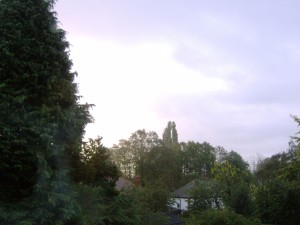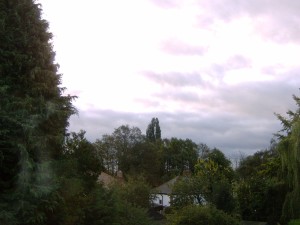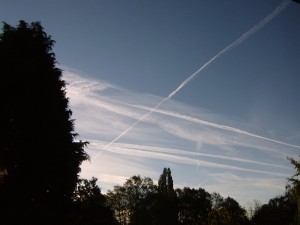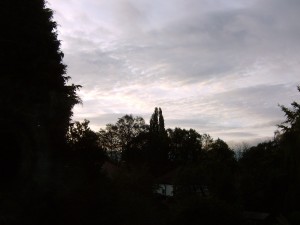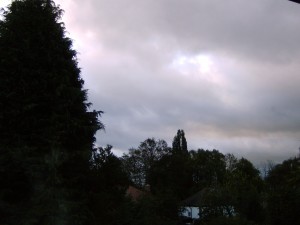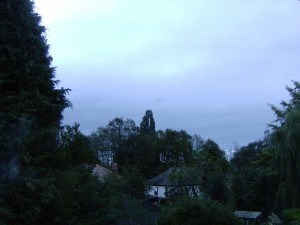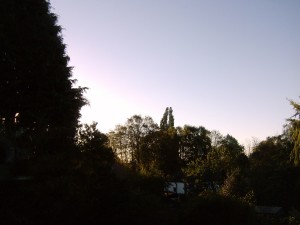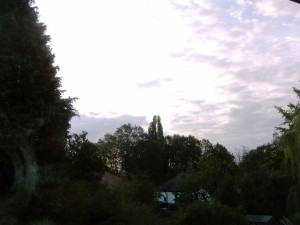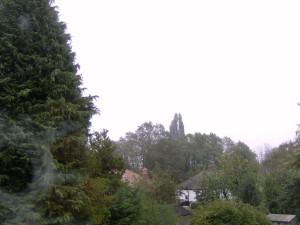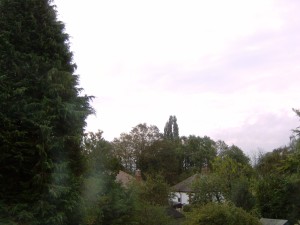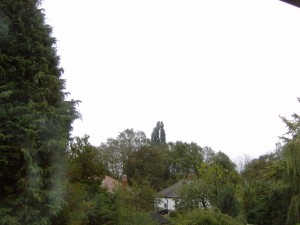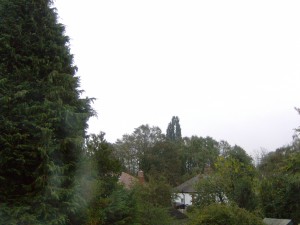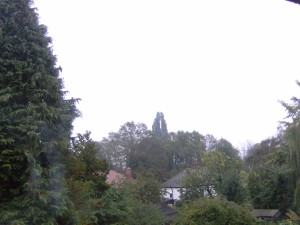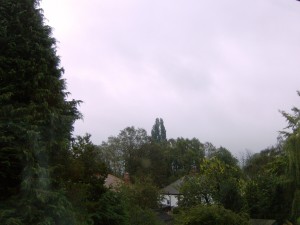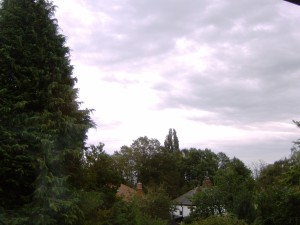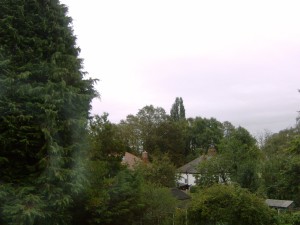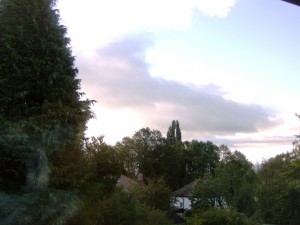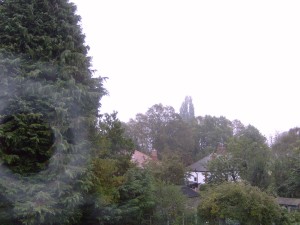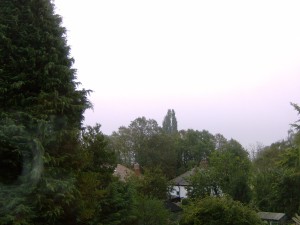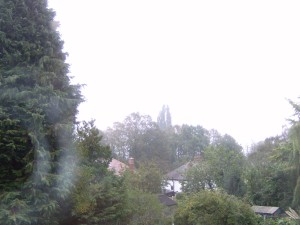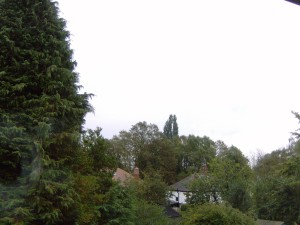This past month Psychogeographic Review has been reading:
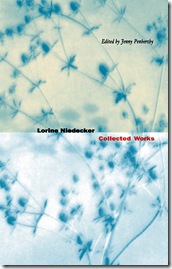 ‘Collected Works’ – Lorine Niedecker (ed. Jenny Penberthy)
‘Collected Works’ – Lorine Niedecker (ed. Jenny Penberthy)
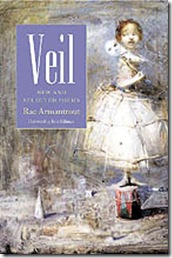 ‘Veil: New and Selected Poems’ – Rae Armantrout
‘Veil: New and Selected Poems’ – Rae Armantrout
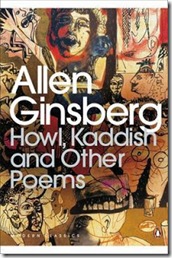 ‘Howl, Kaddish and Other Poems’ – Allen Ginsberg
‘Howl, Kaddish and Other Poems’ – Allen Ginsberg
I’m including these three collections this month because they’re all great poets each of whom, when at the peak of their creative powers, helped us to see poetry in a different way. Some academics, particularly those in US universities, would categorise Niedecker and Armantrout as Dickinsonians and Ginsberg as writing in the Whitmanian tradition. Whilst one needs to be aware of these two seminal figures in American poetry and reference to them can be helpful with interpretation of later poetry, I find the labels a little too constraining and I’m not sure the poets themselves would be entirely happy to be boxed-off in this way either. But I leave the last, intentionally brief, word to Lorine Niedecker:
I learned
to sit at desk
and condense
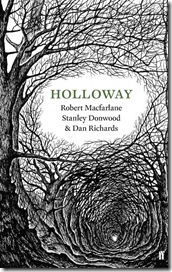 ‘Holloway’ – Robert Macfarlane, Stanley Donwood & Dan Richards
‘Holloway’ – Robert Macfarlane, Stanley Donwood & Dan Richards
This slim, exquisite volume is peopled by ghosts: spectres of the feet and hooves which, for centuries, trod the ancient trackways of England and Wales. Macfarlane first wrote about holloways, or ‘green lanes’ in his The Wild Places. He returns to the subject in this book, written with fellow walking explorer, Dan Richards, and beautifully illustrated by Stanley Donwood.
‘I have come to realise, in the eight years since I first wrote about holloways, that many people share my fascination with these sunken lanes, which have been harrowed down into the landscape by the passage of feet and rainwater.’
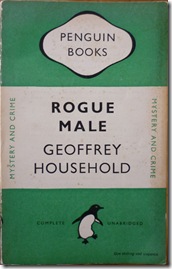 ‘Rogue Male’ – Geoffrey Household
‘Rogue Male’ – Geoffrey Household
As a companion read to Holloway, I was inspired to return to Geoffrey Household’s excellent 1939 thriller, Rogue Male. An English sportsman sets out to hunt an unnamed European dictator. He is captured and tortured, but manages to escape and goes on the run, pursued across southern England by foreign agents. He goes to ground in Dorset in an underground hide he carves into the side of a holloway; for the rest of the novel, the hunter becomes the hunted.
Meanwhile, we were listening to:
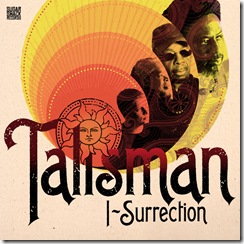 ‘I-Surrection’ – Talisman (2013)
‘I-Surrection’ – Talisman (2013)
The fact that this is only the third album in thirty years by Bristol-based Talisman suggests they operate in the upper reaches of the tardy scale, but that is belied by their punishing live schedule since they re-formed in 2011. Takin the Strain, from 1984, was a classic roots reggae album and I-Surrection offers a good helping of the same.
 ‘Tender Buttons’ – Broadcast (2005)
‘Tender Buttons’ – Broadcast (2005)
Broadcast were James Cargill and the late Trish Keenan. They are, perhaps, best known for providing the soundtrack for the film Berberian Sound Studio. Tender Buttons was their third album and features Trish’s haunting voice, stark, minimalist electronic sounds and playful lyrics that give a knowing nod towards Gertrude Stein.
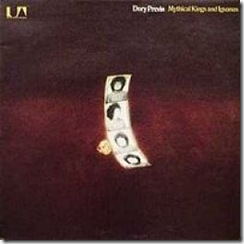 ‘Mythical Kings and Iguanas’ Dory Previn (1971)
‘Mythical Kings and Iguanas’ Dory Previn (1971)
Throughout the 1950s and 1960s, Dory Previn worked as a lyricist and her work was featured in several Hollywood films. Then in the early 1970s, following her divorce, she turned her hand to working as a singer/songwriter. Through six albums Previn produced songs filled with warmth, elegance, emotional bite and humour. Her second album, Mythical Kings and Iguanas, continued Previn’s confessional exploration of relationships, but switched emphasis to her spiritual interests too. Dory Previn died in 2012 aged 86.
‘Astral walks I try to take, I sit and throw I Ching.
Aesthetic bards and Tarot Cards.’
And watching:
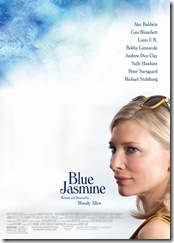 ‘Blue Jasmine’ – Woody Allen (2013)
‘Blue Jasmine’ – Woody Allen (2013)
Allen’s work in recent years, decades even, may have been a little patchy, but he retains the knack of coaxing outstanding performances from his actors. The central performance in this well-constructed, emotionally literate film is from Cate Blanchett. She plays a wealthy New Yorker whose life takes a downward spiral. In something of a return to form, Allen successfully manages to tread the fine line between drama and comedy.
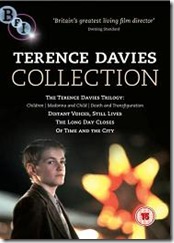 ‘Terence Davies Collection’ (BFI) – Terence Davies
‘Terence Davies Collection’ (BFI) – Terence Davies
Terence Davies is a film-maker whose early films explored themes arising from his gay, Catholic, working-class Liverpool background. This BFI collection features his iconic Terence Davies Trilogy of short films (1976-83) and the later feature films Distant Voices, Still Lives (1988), The Long Day Closes (1992) and Of Time and the City (2008). Davies’s work has a composed, painterly appearance and real emotional depth and breadth
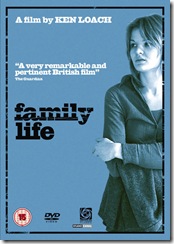 ‘Family Life’ – Ken Loach (1971)
‘Family Life’ – Ken Loach (1971)
One of Ken Loach’s best early films, an adaptation from a BBC drama, and now available on DVD. This is a searing indictment of attitudes towards mental health issues both in society and from the medical profession. Sandy Ratcliff gives the stand-out performance from Loach’s excellent ensemble cast.
Like this:
Like Loading...








